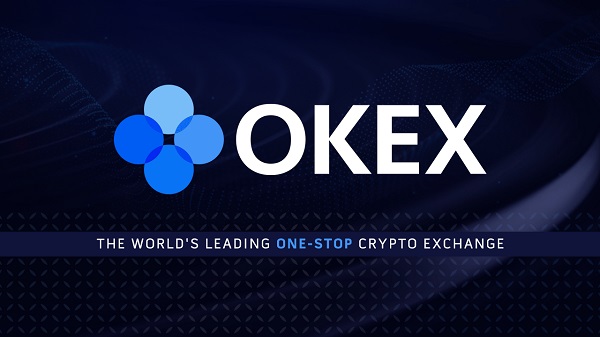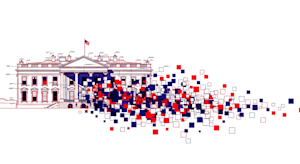How background AI builds operational resilience & visible ROI

If you asked most enterprise leaders which AI tools are delivering ROI, many would point to front-end chatbots or customer support automation. That’s the wrong door. The most value-generating AI systems today aren’t loud, customer-facing marvels. They’re tucked away in backend operations. They work silently, flagging irregularities in real-time, automating risk reviews, mapping data lineage, or helping compliance teams detect anomalies before regulators do. The tools don’t ask for credit, but are saving millions.
Operational resilience no longer comes from having the loudest AI tool. It comes from having the smartest one, placed where it quietly does the work of five teams before lunch.
The machines that spot what humans don’t
Take the case of a global logistics company that integrated a background AI system for monitoring procurement contracts. The tool scanned thousands of PDFs, email chains, and invoice patterns per hour. No flashy dashboard. No alerts that interrupt workflow. Just continuous monitoring. In the first six months, it flagged multiple vendor inconsistencies that, if left unchecked, would have resulted in regulatory audits.
The system didn’t just detect anomalies. It interpreted patterns. It noticed a vendor whose delivery timelines were always one day off compared to logged timestamps. Humans had seen those reports for months. But the AI noticed that the error always occurred near quarter-end. The conclusion? Inventory padding. That insight led to a contract renegotiation that saved millions.
This isn’t hypothetical. One similar real-world use case reported a seven-figure operational loss prevented through a near-identical approach. That’s the kind of ROI that doesn’t need a flashy pitch deck.
Why advanced education still matters in the age of AI
It’s easy to fall into the trap of thinking AI tools are replacing human expertise. But smart organisations aren’t replacing but reinforcing. People with advanced academic backgrounds are helping enterprises integrate AI with strategic precision.
Specifically, those with a doctorate of business administration in business intelligence bring an irreplaceable level of systems thinking and contextual insight. The professionals understand the complexity behind data ecosystems, from governance models to algorithmic biases, and can assess which tools serve long-term resilience versus short-term automation hype.
When AI models are trained on historical data, it takes educated leadership to spot where historical bias may become a future liability. And when AI starts making high-stakes decisions, you need someone who can ask better questions about risk exposure, model explainability, and ethics in decision-making. This is where doctorates aren’t just nice to have – they’re essential.
Invisible doesn’t mean simple
Too often, companies install AI as if it were antivirus software. Set it, forget it, hope it works. That’s how you get black-box risk. Invisible tools must still be transparent internally. It’s not enough to say, “AI flagged it.” The teams relying on these tools – risk officers, auditors, operations leads – must understand the decision-making logic or at least the signals that drive the alert. The requires not just technical documentation, but collaboration between engineers and business units.
Enterprises that win with background AI systems build what could be called “decision-ready infrastructure.” The are workflows where data ingestion, validation, risk detection, and notification are all stitched together. Not in silos. Not in parallel systems. But in one loop that feeds actionable insight straight to the team responsible. That’s resilience.
Where operational AI works best
Here’s where invisible AI is already proving its worth in industries:
Compliance Monitoring: Automatically detecting early signs of non-compliance in internal logs, transactional data, and communication channels without triggering false positives.Data Integrity: Identifying stale, duplicate, or inconsistent data in business units to prevent decision errors and reporting flaws.Fraud Detection: Recognising pattern shifts in transactions before losses occur. Not reactive alerts after the fact.Supply Chain Optimisation: Mapping supplier dependencies and predicting bottlenecks based on third-party risk signals or external disruptions.
In all these cases, the key isn’t automation for automation’s sake. It’s precision. AI models that are well-calibrated, integrated with domain knowledge, and fine-tuned by experts – not simply deployed off the shelf.
What makes the systems resilient?
Operational resilience isn’t built in a sprint. It’s the result of smart layering. One layer catches data inconsistencies. Another tracks compliance drift. Another layer analyses behavioural signals in departments. And yet another feeds all of that into a risk model trained on historical issues.
The resilience depends on:
Human supervision with domain expertise, especially from those trained in business intelligence.Cross-functional transparency, so that audit, tech, and business teams are aligned.The ability to adapt models over time as the business evolves, not just retrain when performance dips.
Systems that get this wrong often create alert fatigue or over-correct with rigid rule-based models. That’s not AI. That’s bureaucracy in disguise.
Real ROI doesn’t scream
Most ROI-focused teams chase visibility. Dashboards, reports, charts. But the most valuable AI tools don’t scream. They tap a shoulder. They point out a loose thread. They suggest a second look. That’s where the money is. Quiet detection. Small interventions. Avoided disasters.
The companies that treat AI as a quiet partner – not a front-row magician – are already ahead. They’re using it to build internal resilience, not just customer-facing shine. They’re integrating it with human intelligence, not replacing it. And most of all, they’re measuring ROI not by how cool the tech looks, but by how quietly it works.
That’s the future. Invisible AI agents and assistants. Visible outcomes. Real, measurable resilience.













